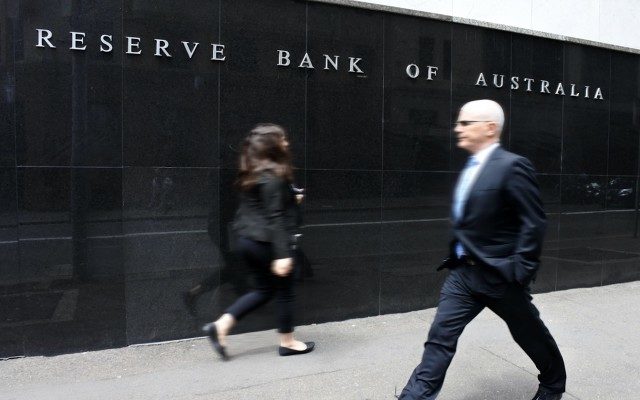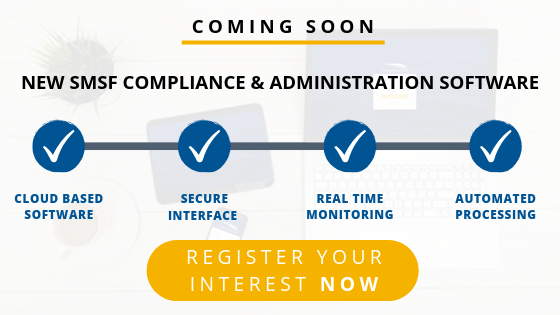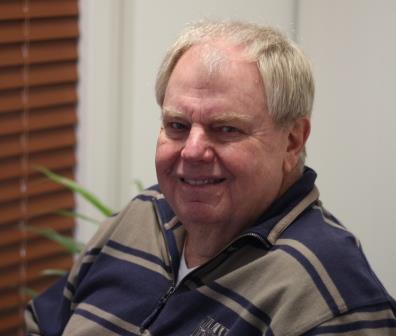Thinking of withdrawing extra amounts from your superannuation? Here’s what you should do.
Superannuation members with retirement phase pensions must withdraw money from their pension every year – but additional withdrawals can cause problems.
If you’re a superannuation member with a retirement phase pension, you must drawdown a minimum amount from your pension each year, based on your age and a percentage of your account balance.
While there is no limit on the maximum amount you can withdraw, additional payments can significantly affect your finances.
When contemplating any significant additional pension withdrawals (beyond the minimum requirement), it may be wise to arrange these as a commutation back to retirement phase, and then withdraw the lump sum.
Example: Annie
Let’s look at Annie’s case. Annie is 67. She started her retirement phase pension two years ago, with the full balance of her superannuation at $1.6 million. (Her Transfer Balance Cap was $1.6 million.) Annie still works on her family farm, helping her son, who runs the operation.
Minimum pension drawdowns and poor investment returns have reduced her account balance to $1.4 million.
Annie expects to inherit $200,000 next June; she intends to put the money in her superannuation fund as two non-concessional contributions of $100,000 spread over June and July.
She is also keen to help her daughter, who needs $200,000 to buy a home in the city.
Annie decides to withdraw an extra $200,000 from her superannuation now, and treat it as part of her daughter’s inheritance. This will be in addition to the usual minimum percentage drawdown which she uses for her general living expenses.
Annie can withdraw the extra $200,000 in two ways.
- She can take an additional pension amount of $200,000 from her retirement phase pension account;
- Or she can commute $200,000 of her retirement phase pension account back to accumulation phase, and then withdraw a lump sum of $200,000.
Both options provide the $200,000 for her daughter. Assuming she inherits the money next June, and that she continues to meet the “work test”, Annie should be able to contribute the $200,000 over June/July to build her superannuation fund back up to $1.4 million.
The outcome will, however, significantly differ, depending on which option she used to withdraw the $200,000.
If Annie takes the first option ($200,000 from her pension), her Transfer Balance Cap remains at $1.6 million. When she recontributes the $200,000, it will have to remain in accumulation phase; the related portion of income and capital gains derived from that portion of the fund’s total assets will be subject to ongoing tax. Annie will need an actuarial certificate each year to apportion the income between exempt current pension income and taxable income.
If she chooses the second option, Annie’s Transfer Balance Cap will reduce to $1.4 million when she makes the commutation. When she recontributes the $200,000, she can immediately start a further retirement phase pension, so that the entire fund is exempt from tax on all income and capital gains.
Annie’s best choice – and yours, too – would be to arrange a commutation back to retirement phase, and then withdraw the lump sum.
Remember that you must report pension commutations. You should also consider seeking professional advice where appropriate.
Bob Locke – Chartered Accountant & SMSF Specialist
The information provided in this article is general in nature and does not take into account your personal circumstances, needs, objectives or financial situation. This information does not constitute financial or taxation advice. Before acting on any information in this article, you should consider its appropriateness in relation to your personal situation and seek advice from an appropriately qualified and licensed professional.








